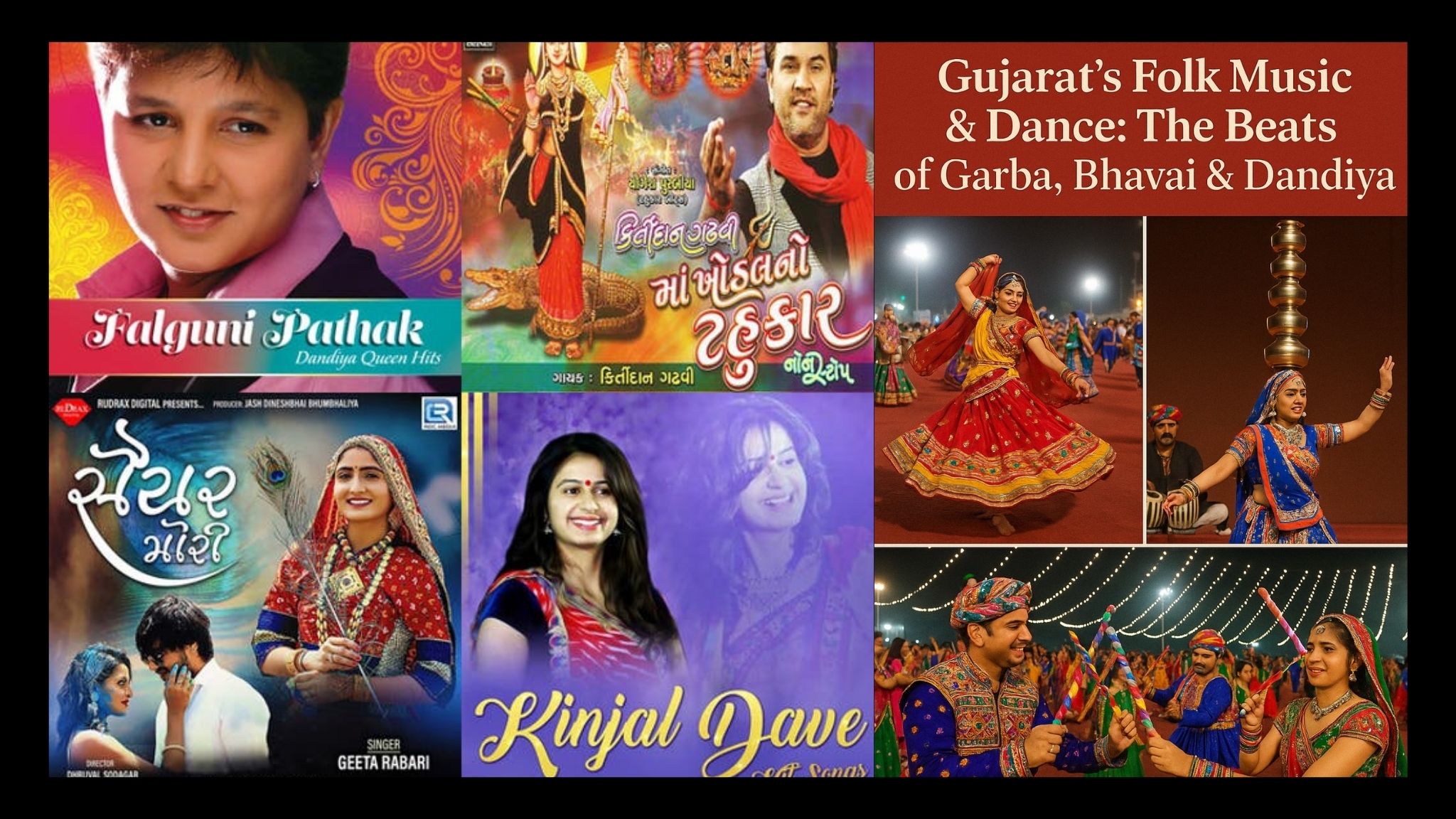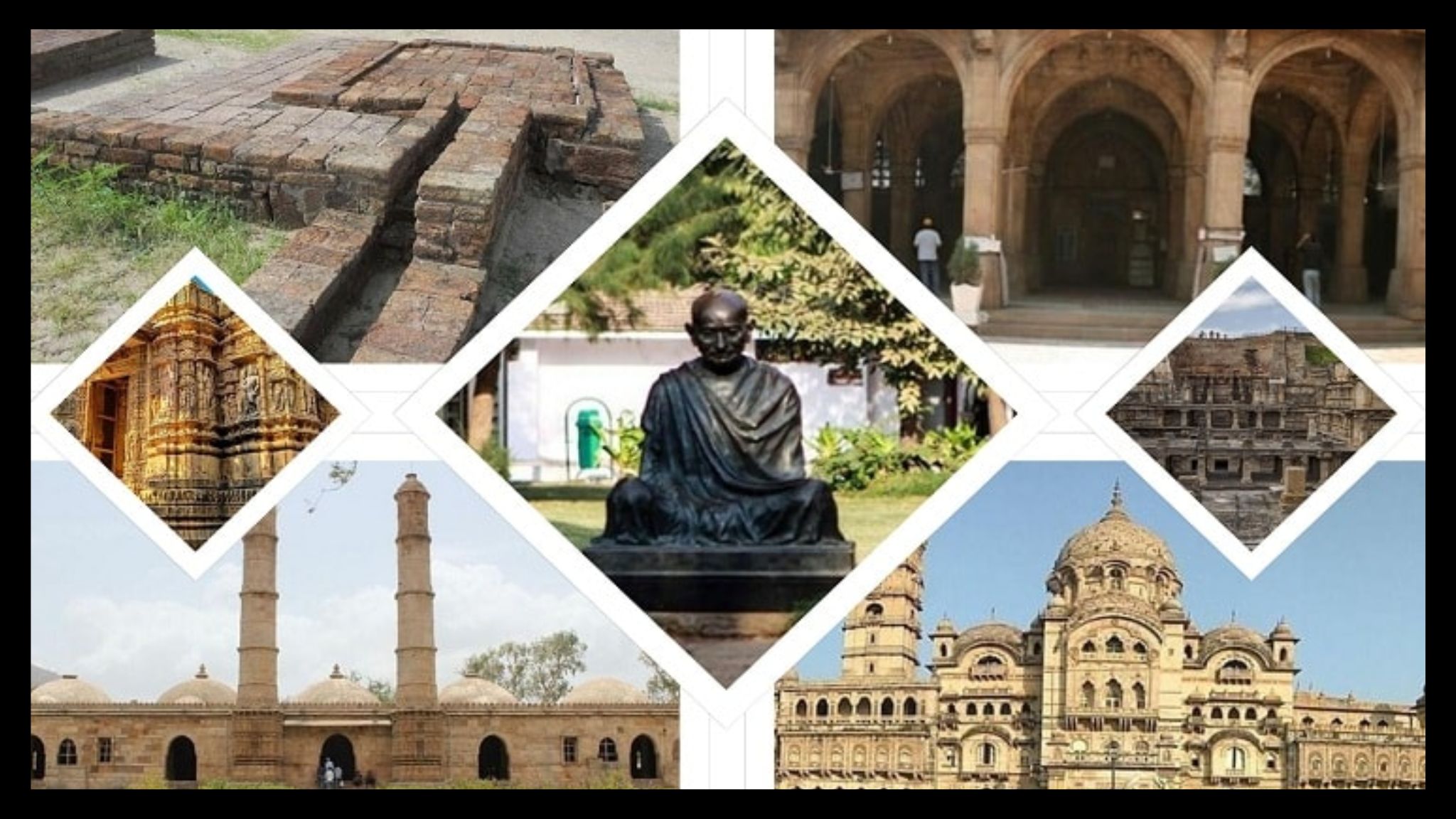Some cities preserve their past in museums. Gujarat lives here in the streets, the steps, and the silence between two ancient stones. From the rustling winds that pass through ancient jalis to the footsteps echoing across centuries-old forts, every inch of this land hums with the rhythm of empires long gone. This is not a place that remembers its heritage—it lives it. Every monument, every street, every stone is a testament to a timeless spirit that refuses to fade.
Why World Heritage Day Matters?
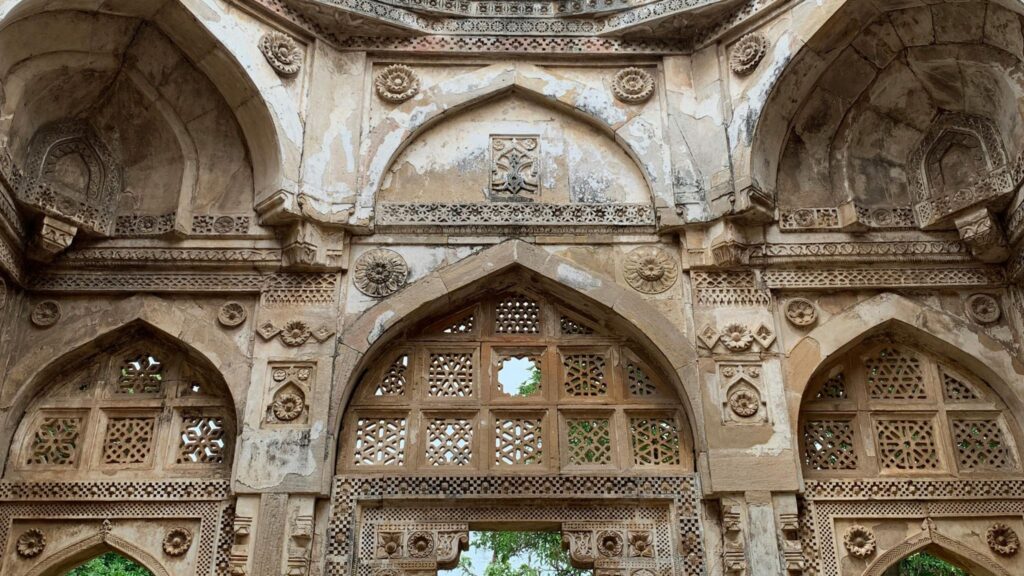
Every year, on April 18, the world gathers its collective memory to celebrate World Heritage Day—formally known as the International Day for Monuments and Sites. Instituted by the International Council on Monuments and Sites (ICOMOS) in 1982 and later ratified by UNESCO, this day exists to remind us that heritage isn’t just what we inherit. It’s what we choose to protect. It’s the architecture that held empires, the roads that led revolutions, the temples and mosques, and the forts that outlived kings.
And Gujarat? Gujarat doesn’t just preserve these legacies. She walks with them. Talks through them. Breathes through them.
Ahmedabad: A City That Made History by Preserving It
In 2017, Ahmedabad became the first Indian city to be declared a UNESCO World Heritage City. It wasn’t a fluke. This city has always balanced modern momentum with ancient memory.
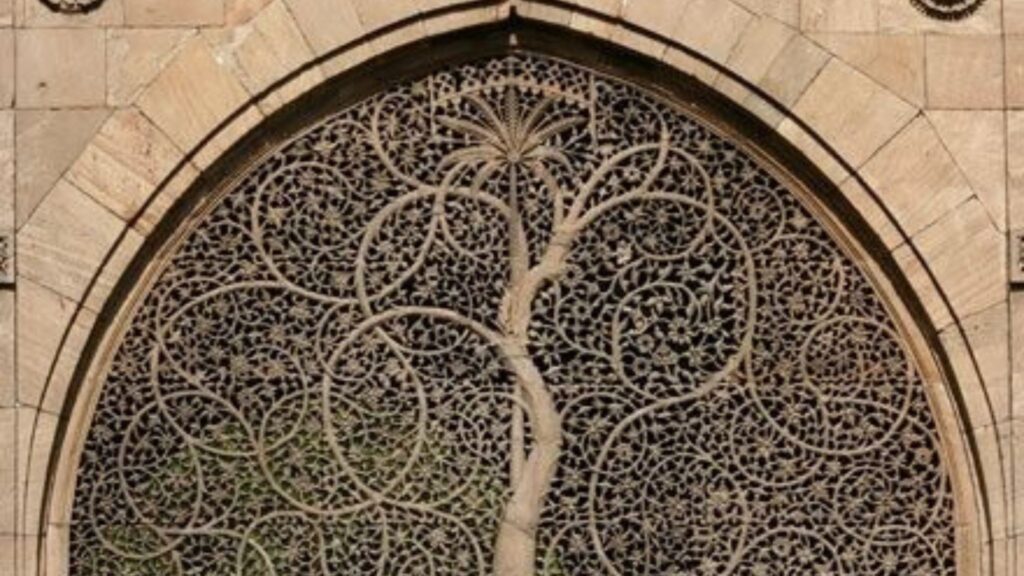
Step into the old city and you’ll find Sidi Saiyyed’s intricate jalis, Bhadra Fort, bustling pols (housing clusters), and the Jama Masjid, each whispering a different century. Each corner a portal, each facade a footnote.
In Ahmedabad, World Heritage Day is not a celebration. It’s a continuation.
Champaner-Pavagadh: A Silent Spectacle of Lost Royalty
Recognized as a UNESCO World Heritage Site in 2004, Champaner-Pavagadh is where history chose to rest, not retire. With over 1,300 hectares of forts, palaces, temples, and mosques, it is one of the only places in India where a pre-Mughal Islamic city has been preserved in such detail.
The Kalika Mata Temple atop the hill still draws pilgrims. The structures below still draw wonder. Together, they remind us that royalty isn’t in crowns, it’s in continuity.
Lothal: When Gujarat Was Already Global
Long before globalization became a buzzword, Lothal, a port city of the Indus Valley Civilization, was already charting routes to Mesopotamia. Dating back to 2400 BCE, it hosts one of the oldest known dockyards in the world.
This isn’t just archaeology. It’s proof. Proof that Gujarat has always been more than just land. It’s been legacy in motion.
How does Gujarat celebrate World Heritage Day?
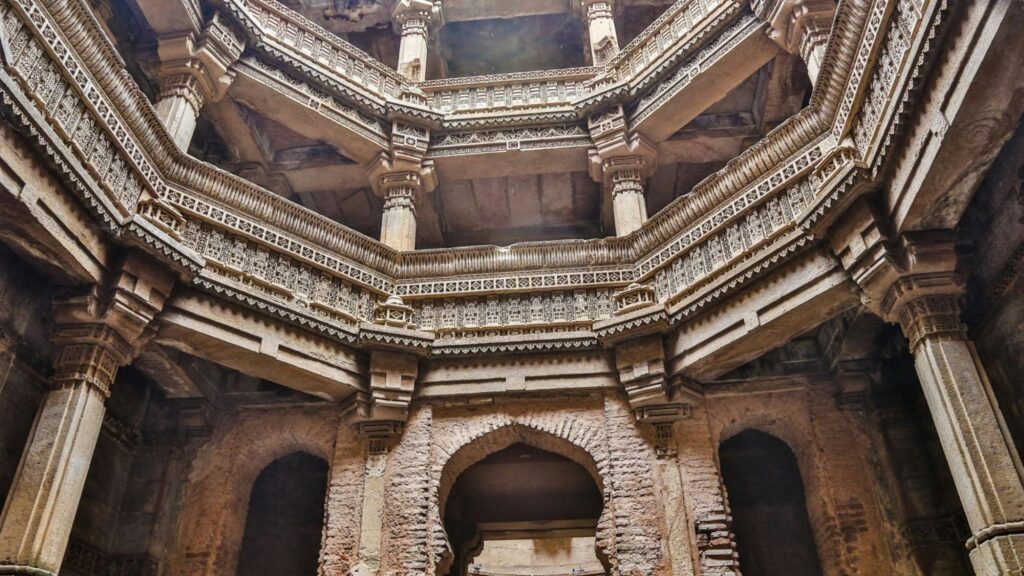
In Gujarat, World Heritage Day is not just a global observance; it’s a heartfelt celebration of the state’s deep-rooted history. The people of Gujarat embrace their heritage with pride, engaging in activities that honor and preserve their architectural wonders.
- Heritage Walks in Ahmedabad: Led by Gujarat Tourism (Gujarat Tourism) and AMC, these walks showcase the architectural marvels of the old city, including the iconic Sidi Saiyyed Mosque and Jama Masjid, blending history with modern urban life.
- Restoration Projects: Organizations like INTACH (INTACH Gujarat) focus on preserving Gujarat’s historical sites, underscoring the importance of cultural conservation, much like Gujpreneur startups that blend tradition with innovation.
- Cultural Exhibitions: Cities across Gujarat host exhibitions, workshops, and events celebrating local heritage, from the Sun Temple of Modhera (Gujarat Tourism – Modhera) to the historic pol houses in Ahmedabad, fostering a deep connection with the past.
- Social Media Campaigns: Hashtags like #MyGujaratMyHeritage help raise awareness, allowing Gujaratis to share their cultural pride and heritage with the world.
More Than Monuments: The Emotion in Stone
Not all heritage sites wear UNESCO tags, but their stories still echo loudly.
Modhera Sun Temple – A symphony of sun and stone, where light doesn’t just fall, it performs.
Uparkot Fort, Junagadh – Carved into cliffs and legends, this fort has watched dynasties rise, fall, and repeat.
Vadnagar – A town that predates history books, where silence feels sacred and every step carries centuries.
Dholavira – Once a thriving Harappan city, now a blueprint in stone of what sustainable living once looked like.
Rani Ki Vav, Patan – A subterranean sanctuary, where every carved tier tells a tale of devotion and divine feminine grace.
Jhulta Minar, Ahmedabad – Twin minarets that mysteriously sway in sync—proof that some heritage defies logic and leans into magic.
These aren’t just sites. They’re mirrors. And Gujarat? She doesn’t just preserve them—she pulses through them.
Conclusion: Heritage is a Responsibility, Not Just a Romance
World Heritage Day isn’t just about celebration. It’s about commitment. And Gujarat—with her open-air museums, her echoing corridors, her living traditions—reminds us that we don’t just inherit history. We sculpt its future.
So this April 18, don’t just post a photo. Walk an old path. Read a forgotten plaque. Take someone younger with you. Because the only way to honour the past… is to make sure it still has a heartbeat in the present.
Are you a Gujpreneur inspired by heritage? Whether you’re building a startup rooted in dhandho or dreaming up your next big entrepreneurial leap, Gujarat’s legacy is your launchpad. Tag @Gujpreneur and share how your Gujarati roots inspire your modern vision. Because tradition isn’t just behind us—it’s beneath us, holding us up as we build what’s next.


